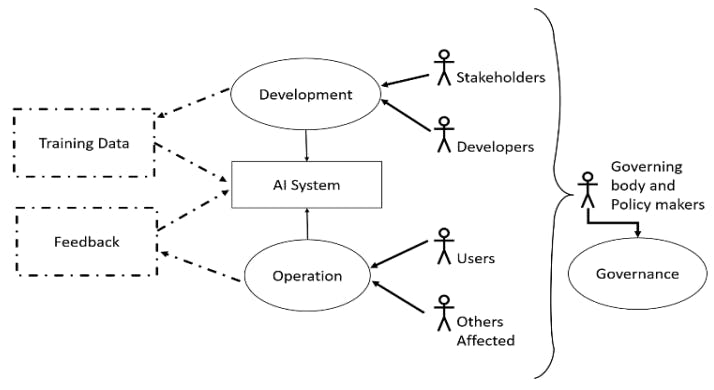Operationalizing Diversity and Inclusion Requirements for AI Systems: Results
by
July 3rd, 2024
Audio Presented by

No technological innovation comes without sacrifice. The pendulum will swing back to the people! Wanna' be 501c3.
Story's Credibility

About Author
No technological innovation comes without sacrifice. The pendulum will swing back to the people! Wanna' be 501c3.
